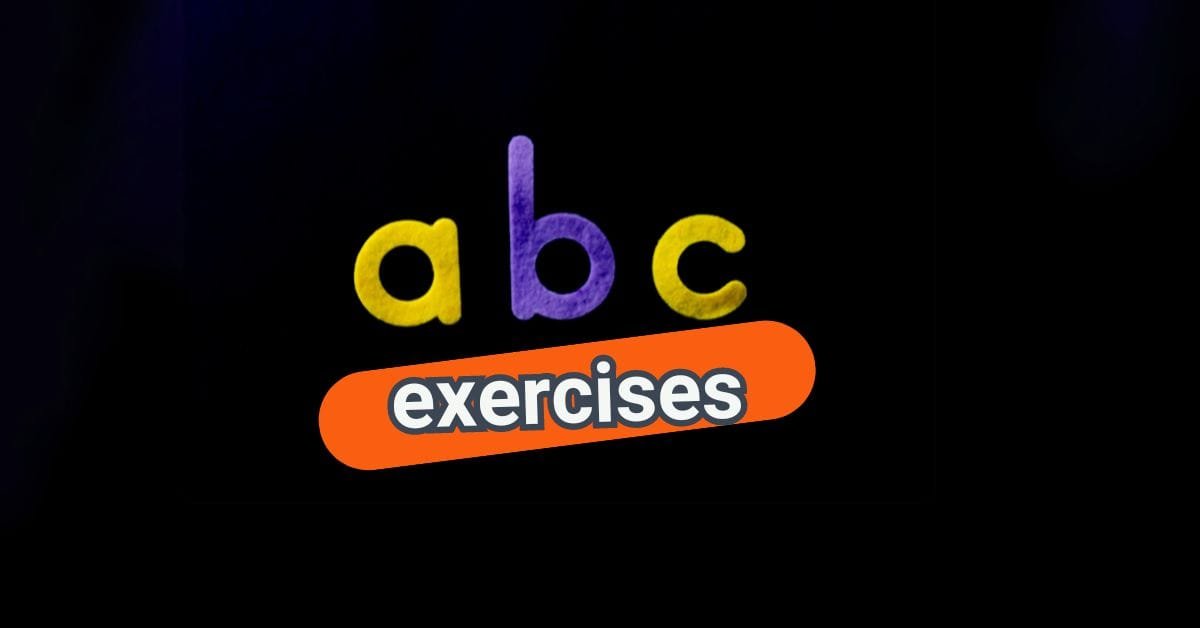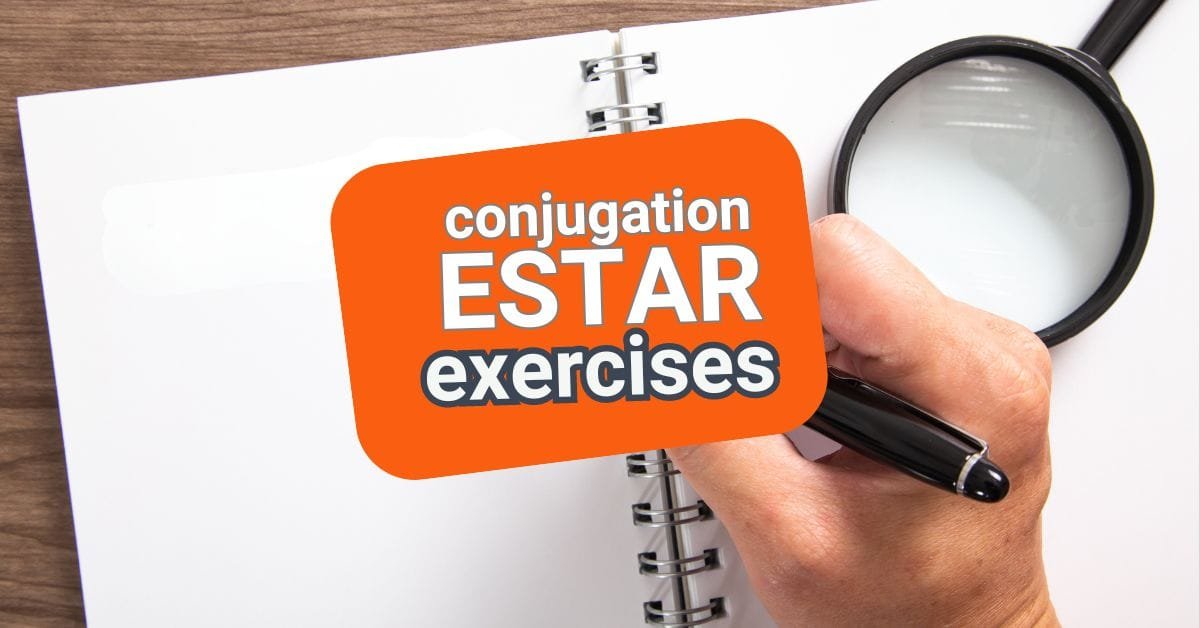Spanish grammar “Ser vs Estar”.One of the biggest grammar challenges for English speakers learning Spanish is knowing when to use ser and when to use estar. Both verbs mean “to be”, but they’re used in very different ways, depending on the context.
Understanding the difference between these two verbs is essential if you want to speak Spanish naturally and avoid common mistakes. For example, like saying soy cansado instead of the correct way of “estoy cansado”.
But don’t worry, with this Grammar Challenge you can learn to use them easily and quickly. In this complete grammar guide, we’ll cover:
- A clear explanation of the difference between ser and estar
- Rules for how and when to use each verb
- Examples to help you understand the context associated to both verbs
- An interactive fill-in-the-blanks grammar exercise
- Additional practice resources to continue your Spanish learning
This verb guide is ideal for learners from A2 to B1 level. It doesn’t matter if you’re reviewing foundational grammar or building your skills for more complex conversations, this lesson will help you get comfortable with one of Spanish’s most confusing topics.
Quick Guide: Ser vs Estar
In Spanish, both verbs ser and estar translate to “to be,” but they’re used for different situations. Lets see how and when to use each of them correctly:
When to Use Ser
Use ser for permanent, inherent or essential characteristics:
- Origin and nationality: Soy de México. (I’m from Mexico.)
- Profession: Ella es profesora. (She is a teacher.)
- Time and date: Son las dos. (It’s two o’clock.)
- Physical traits: Él es alto. (He is tall.)
- Identity or relationships: Ellos son hermanos. (They are brothers.)
When to Use Estar
Use estar for temporary states, conditions and locations:
- Emotions and feelings: Estoy feliz. (I’m happy.)
- Physical conditions: Estás cansado. (You’re tired.)
- Ongoing actions (present progressive): Estamos estudiando. (We are studying.)
- Location of people or objects: El libro está en la mesa. (The book is on the table.)
Why It Matters
Using ser and estar incorrectly is one of the most common errors English speakers make. That’s because English uses “to be” in all of these situations, without distinguishing between temporary or permanent conditions. In Spanish, this distinction is key. If you say soy aburrido, you’re saying “I’m a boring person,” while estoy aburrido means “I’m bored right now.” One word change, two completely different meanings.
Exercise. Grammar Challenge: Fill in the Blanks
Put your understanding to the test! Complete the paragraph below by selecting the correct form of ser or estar based on the context. Look at the clues in parentheses to help you decide which verb to use.
Complete the following paragraph by choosing the correct form of ser or estar. Think about whether the sentence talks about a permanent trait or a temporary condition/location. Each option has a guide in parentheses indicating the verb tense and the condition.
Instructions
- Read each sentence carefully.
- Determine if the context describes a permanent trait (use ser) or a temporary state/location (use estar).
- Select the correct verb form and complete the sentence.
You can repeat the exercise as many times as you want. Remember: practice makes progress.
Practice Tips for Ser vs Estar
To become fluent in using ser and estar, follow these practice strategies:
- Repeat out loud: When reviewing “Ser” and “Estar” examples, say the sentences aloud. Hearing and saying the verbs helps you learn them and stick to your mind.
- Use context clues: Ask yourself. Is this something temporary (like how I feel) or more of a permanent-unchangeable situation (like where I’m from)?
- Write your own examples: Use vocabulary you already know to create new sentences with ser and estar.
- Mix and match: Practice switching between the two verbs with the same subject: Soy feliz vs. Estoy feliz. Learn what changes and what stays the same.
Want More Practice?
Here in SpanishNOWEDU you can find more resources to practice this verb.This way it would be easier for you to continue mastering the differences between ser and estar. These are some examples:
- Estar present tense practice– Spanish Grammar Exercise
- Top 20 Spanish Verbs and Their Conjugations (present tense)
- The Secret to Mastering Spanish Sentence Structure
- Mastering Ser and Estar: Advanced Practice for Spanish Learners
Don’t forget to bookmark these links and revisit them often.
Keep Learning With Us
We post new videos, articles, and interactive lessons regularly. Stay connected with our community and keep improving your Spanish skills naturally. You can find daily learning tips, grammar breakdowns, and more practice on our social media.
And for even more in-depth learning:
Follow us on Instagram for daily Spanish tips and more:
@spanishnowedu
Visit our YouTube Channel, and browse our growing collection of Spanish grammar exercises
Spanish grammar ser vs estar. Final Thoughts
Great job! If doesn’t matter if you aced it or made some mistakes, that’s part of the learning process. The more you practice the verbs ser vs estar, the more intuitive it becomes. Mastering the difference between verbs ser and estar is a major step toward fluency. With regular practice and the right strategies, it becomes just second nature. This grammar challenge will help you build confidence and avoid some of the most frequent mistakes Spanish learners make.
Take your time, revisit the examples, and don’t be afraid to get it wrong. Each mistake is a chance to learn. Whether you’re describing your mood, your profession, or the location of your keys, knowing when to use ser or estar will make your Spanish sound more accurate and more natural.
Keep going, remember: you’re doing great!


